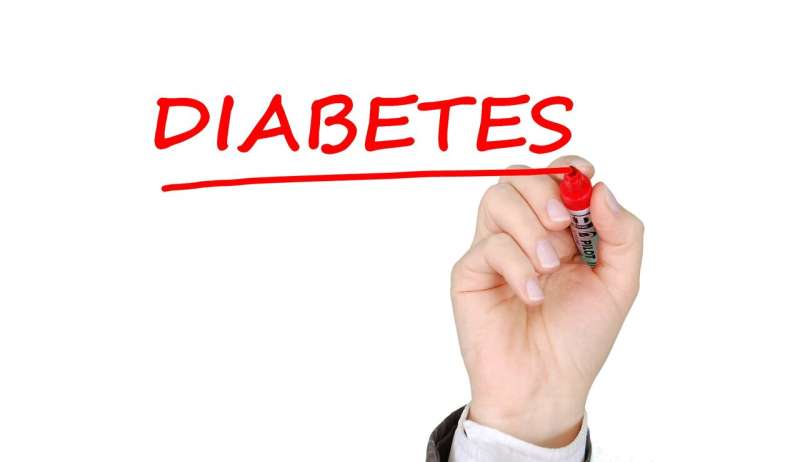Diabetes divide widens between rich and poor in Scotland

New research being presented at the Annual Meeting of the European Association for the Study of Diabetes (EASD), held online this year, shows that there are marked socio-economic inequalities in the prevalence of (the proportion of people with) type 2 diabetes (T2D) in Scotland—and the gap is widening.
When research on socio-economic inequality and the prevalence of T2D in Scotland was last published in 2007, it showed that the proportion of people with type 2 diabetes was about 60% and 90% higher in men and women respectively in the most deprived fifth (20%) of the population, compared to the least deprived fifth.
Health inequalities in general in the UK have widened since then, prompting Professor Sarah Wild and colleagues at the University of Edinburgh to produce up-to-date figures.
Professor Wild says: "Describing inequalities in health is the first step in informing policies to address them, for example as part of a 'levelling up' agenda."
Mid-year population estimates for 2019 (the most recent year available) and a February 2021 extract from the Scottish register of diagnosed cases of diabetes were used to estimate the prevalence of T2D in 35 to 84-year-olds, the age group in which T2D is most common.
To make fair comparison across time and populations, differences in age patterns were taken into account.
The Scottish Index of Multiple Deprivation (SIMD) was used to divide the study population into quintiles or fifths, from the most deprived (Q1) to least deprived (Q5).
Data on age, sex and SIMD was available for 255,674 people—almost 99% of those aged 35 to 84 who had been diagnosed with T2D.
The overall prevalence of T2D in this age group was 8.3% (one in 12). This compares with 7.3% in 2007.
Prevalence of T2D was lowest in women aged 35-39 years from Q5 (0.5%) and highest in men aged 75-79 years from Q2 (22.4%), illustrating the expected patterns of increasing prevalence with age and higher prevalence in men than women
The most deprived men and women were, respectively, almost 2.0 and 2.5 times as likely to be diagnosed with diabetes as the least deprived, indicating that socio-economic inequalities have widened over time. (The 2007 figures were 1.58 times for men and 2 times for women.)
Professor Wild says: "Further research is required to find out whether similar patterns have been observed in other parts of the UK and other high-income countries around the world and to investigate the effect of the pandemic and its consequences on diabetes prevalence.
"Effective approaches at a societal level are required to reduce inequalities in key risk factors for diabetes in individuals including physical inactivity and obesity.
"It is also important to find out whether the implementation of large-scale prevention programmes affects inequalities in diabetes prevalence."




















